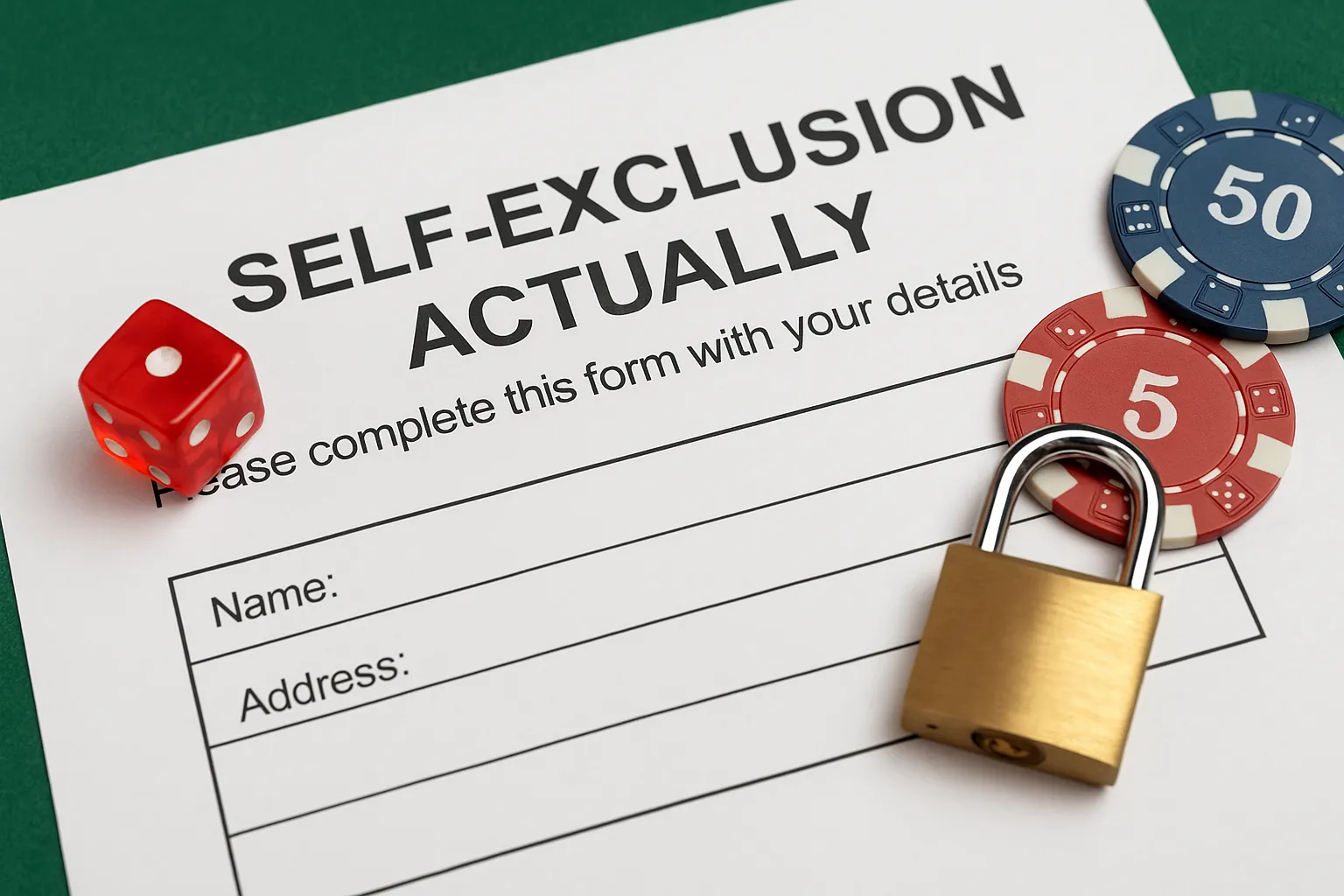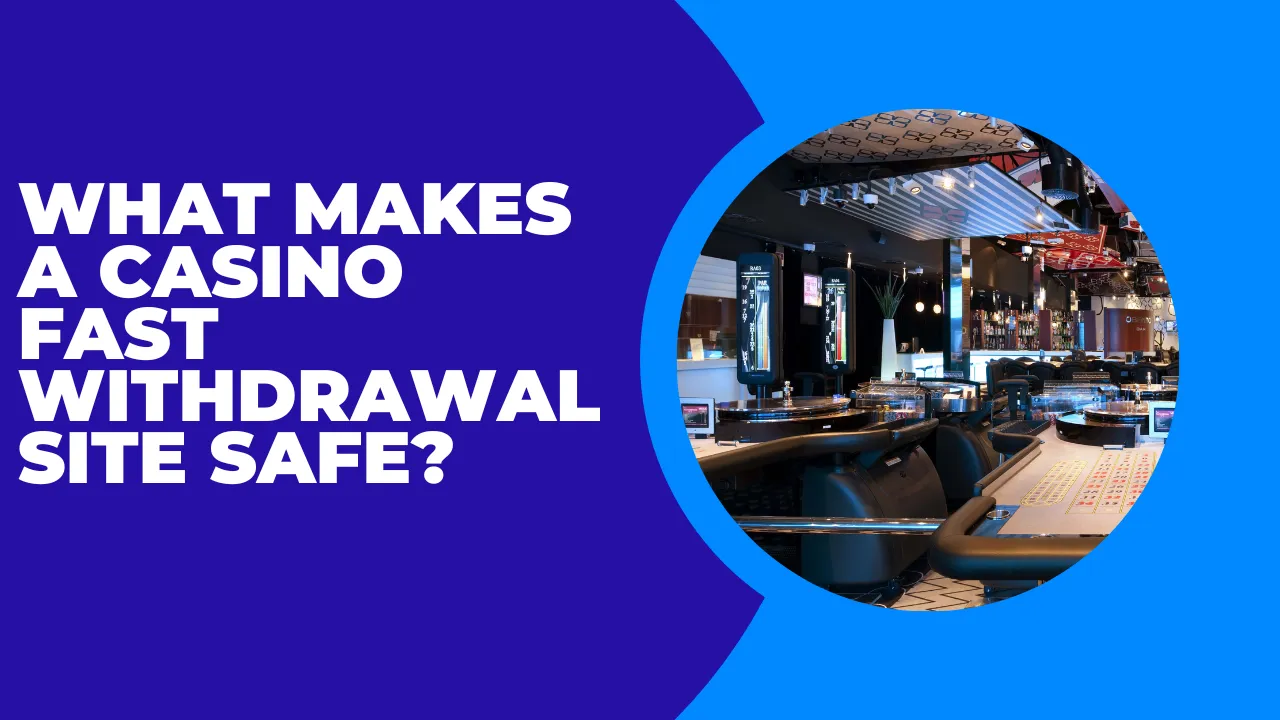Problem gambling is one of the most difficult challenges within the gaming industry, both for players and regulators. In response, many online casinos and betting operators have implemented self-exclusion tools. These features are designed to help people take a break from gambling by blocking access to accounts or websites for a set period.
But do they really work as intended? From my experience researching responsible gambling initiatives and testing platforms firsthand, the reality is more nuanced. While self-exclusion can be a powerful safeguard for some, it is far from a complete solution.
How Self-Exclusion Tools Work
Self-exclusion tools allow players to voluntarily restrict their access to gambling platforms. Depending on the jurisdiction and operator, this could mean locking a single account, blocking all accounts under a national scheme, or banning access to entire categories of sites.
For example, the UK’s “GAMSTOP” system lets players block themselves across all licensed operators in one go. On the other hand, some countries only allow site-by-site exclusions, which can be less effective if someone simply opens another account elsewhere.
Most tools are time-limited, ranging from a few months to several years, and cannot easily be reversed once activated. In theory, this gives problem gamblers a much-needed barrier to stop impulsive play.
The Gaps in Effectiveness
The main weakness of self-exclusion is that it relies heavily on personal discipline. While a determined player might activate the feature in a moment of clarity, the temptation to gamble often resurfaces later. If the system is not comprehensive, there are always loopholes to exploit.
For example, I’ve seen cases where individuals excluded from one site simply sign up at another that isn’t connected to the same database. Others turn to unregulated platforms, which don’t enforce such restrictions at all. The accessibility of digital gambling means barriers can be sidestepped in minutes if someone is truly motivated.
This is where the system shows its limitations: it is not a cure for addiction, but rather a tool that can only work when combined with other forms of support like therapy, financial controls, and peer accountability.
The Role of Unregulated Markets
An even greater challenge comes from the rise of alternative gambling platforms. Self-exclusion tools are generally tied to licensed and regulated casinos. But what about platforms operating outside those jurisdictions?
This is where online casinos no kyc come into the conversation. These platforms, which prioritize anonymity and faster access, do not usually participate in traditional responsible gambling frameworks. For someone who has self-excluded on regulated platforms, they can easily bypass restrictions by turning to these casinos.
While they may appeal to players who value privacy, the absence of built-in safeguards like self-exclusion or spending limits can make them a risky haven for problem gamblers. It highlights the importance of looking at gambling harm as a broader ecosystem issue, not something solved by one tool alone.
The Psychological Aspect
Another critical factor is psychology. For self-exclusion to be effective, the person must be willing to stick with it. Gambling addiction is driven by impulsivity, and during moments of craving, people often find ways around their restrictions.
I’ve spoken with players who admitted that even after self-excluding, they tried to borrow accounts from friends, use VPNs, or search for alternative platforms. This is not necessarily a failure of the tool itself, but a reminder that technology cannot replace ongoing psychological support.
At the same time, I’ve also met individuals who credit self-exclusion as the turning point in their recovery. By cutting off immediate access, it gave them enough space to seek professional help and build healthier habits. So the effectiveness really depends on the individual and the support systems around them.
Can Operators Do More?
While self-exclusion is useful, operators should not rely on it as the main safeguard. There are other responsible gambling tools that can work in tandem: deposit limits, loss limits, time-out reminders, and mandatory reality checks.
For example, I’ve tested platforms where you receive pop-up messages after a certain amount of playtime, prompting you to take a break. This simple nudge often makes players pause and think about their behavior, something autoplay or constant betting can otherwise mask.
Another promising approach is affordability checks, where spending patterns are monitored and excessive gambling is flagged. However, this raises privacy concerns, and players often push back against what they see as intrusive oversight.
Real-World Stories
One friend of mine tried self-exclusion after losing control on sports betting apps. For him, it was a mixed experience. He found the feature helpful on regulated sites, but within a week he had moved to platforms not covered by the scheme. Without additional counseling, the problem continued.
In contrast, another person I know used a multi-year self-exclusion system along with joining a gambling support group. By combining the barrier with accountability and therapy, he managed to break his destructive cycle. His story proves that the tool works best as part of a larger recovery framework.
Final Thoughts
So, do self-exclusion tools actually stop problem gambling? The answer is both yes and no. They can be highly effective for individuals who are ready to change and use them as part of a broader support plan. But they are not a silver bullet. Loopholes, unregulated markets, and the psychology of addiction all limit their effectiveness.
For players struggling with gambling, self-exclusion should be seen as one step in the journey—not the final solution. Operators, regulators, and players alike need to view responsible gambling as a shared responsibility.
In the end, true recovery comes not just from blocking access but from addressing the underlying behaviors and building healthier habits. Self-exclusion tools can open that door, but walking through it requires a bigger commitment.




